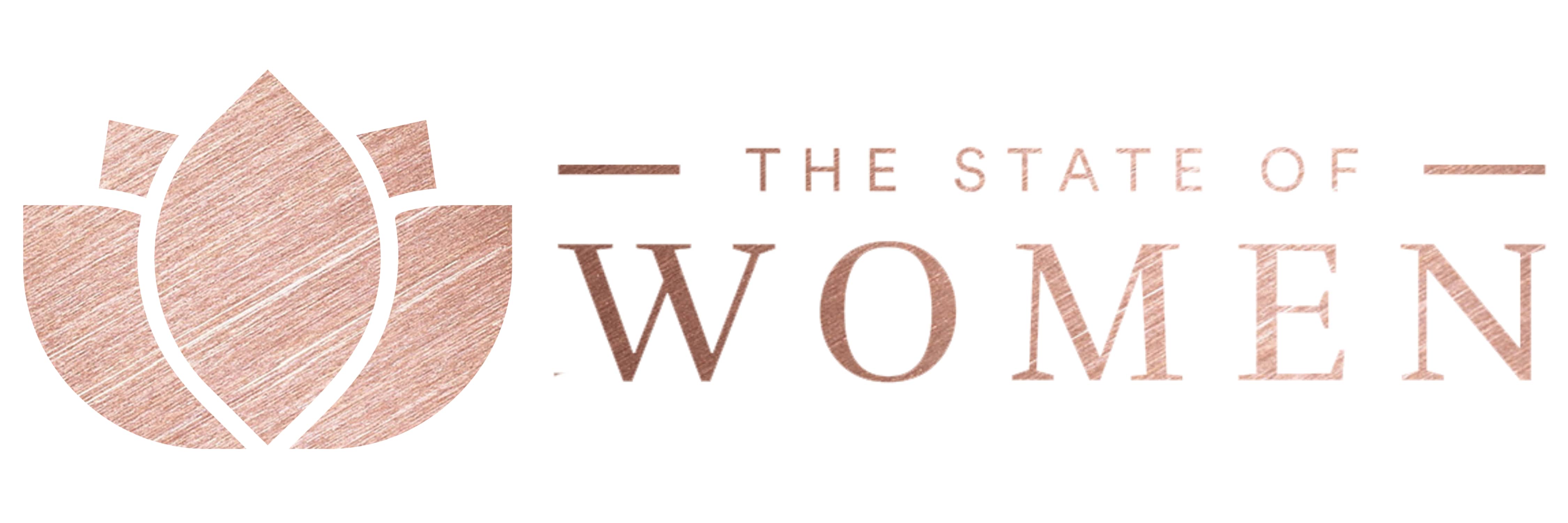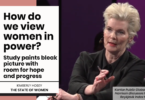The latest Gallup study, “State of the American Workplace,” has just been released, and it sheds light on trends and issues in American workplaces, as well as engagement across different demographics of the U.S. population. Our friends at Take the Lead bring us a primer on 12 of the study’s most important takeaways concerning women leaders; including insights into women’s need for balance, their talents in engagement, the importance of authenticity and flexibility, the role of leaders in shaping company culture and approaches in these and other areas, and much more.
taketheleadwomen.com – Consider this the Cliff Notes version. The skimming has been done for you, saving you time reading the 214 pages of Gallup’s latest tome, “State of The American Workplace,” with what you need to know as women leaders.
Perhaps knowing where women leaders stand, we can work more efficiently toward the Take The Lead goal of achieving gender parity in leadership across all sectors by 2025.
We picked 12 key factors from the Gallup study facing women leaders in the workplace today. Here’s the gist:
We care about the balance. “Female employees are significantly more likely than male employees (60 percent vs. 48 percent, respectively) to say it is very important to them that their job allows greater work-life balance and better personal well-being. As organizations try to diversify their workforces and bring more women into a variety of roles, they cannot overlook the importance of work-life balance and personal well-being for this group of employees.”
We are more engaged with our work than men. “Female employees are more engaged than male employees and have been throughout Gallup’s history of tracking the metric; 36 percent of women engaged, compared to 30 percent of men. Women are more engaged than men in every type of job including management, professional, service and support jobs. In leadership roles, however, men are more engaged than women (50 percent vs. 35 percent).
Want to receive early-bird invitations to our global events, custom-tailored content we think you’ll love, and get exclusive access to “The World Women Report”?







